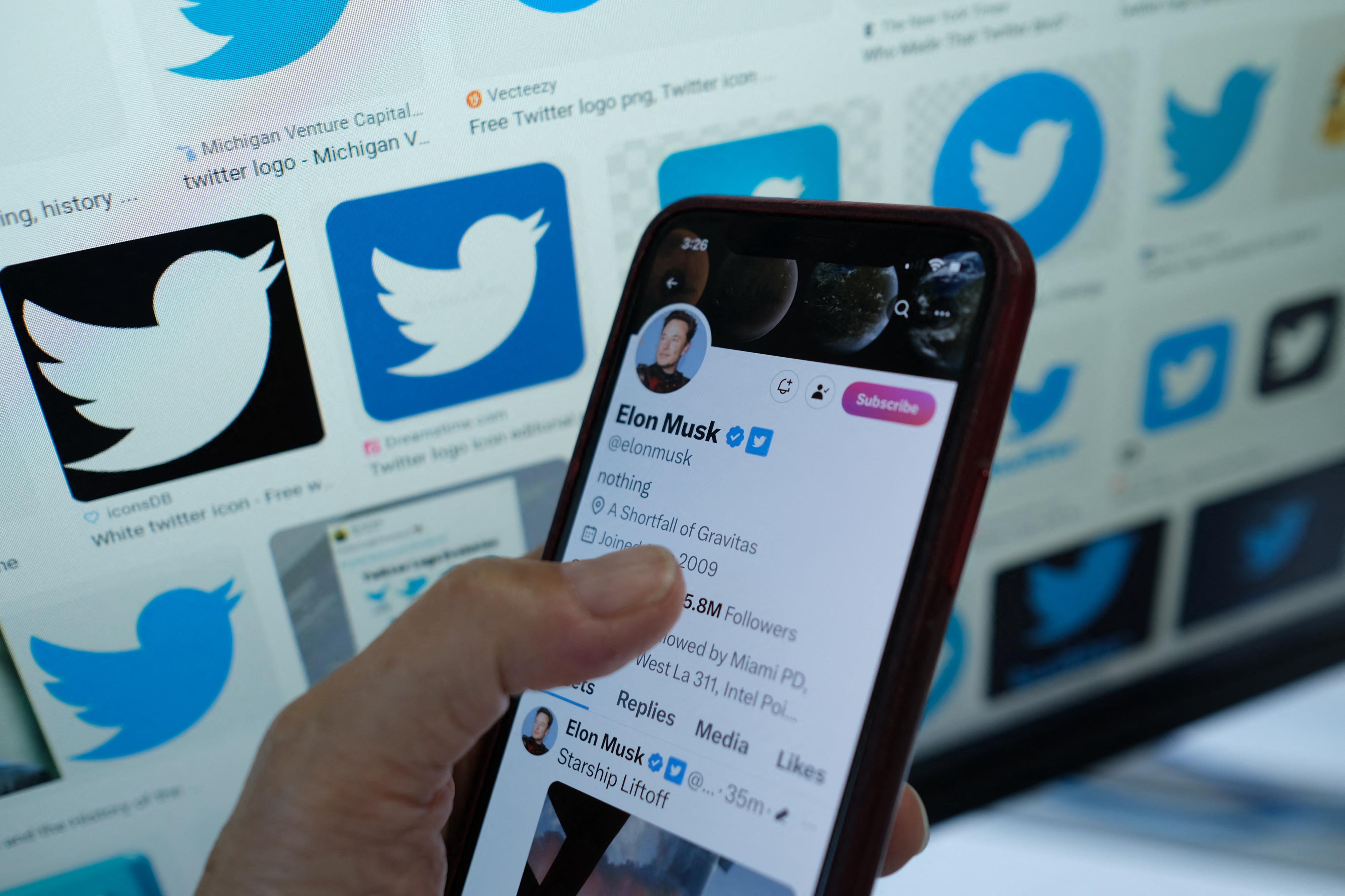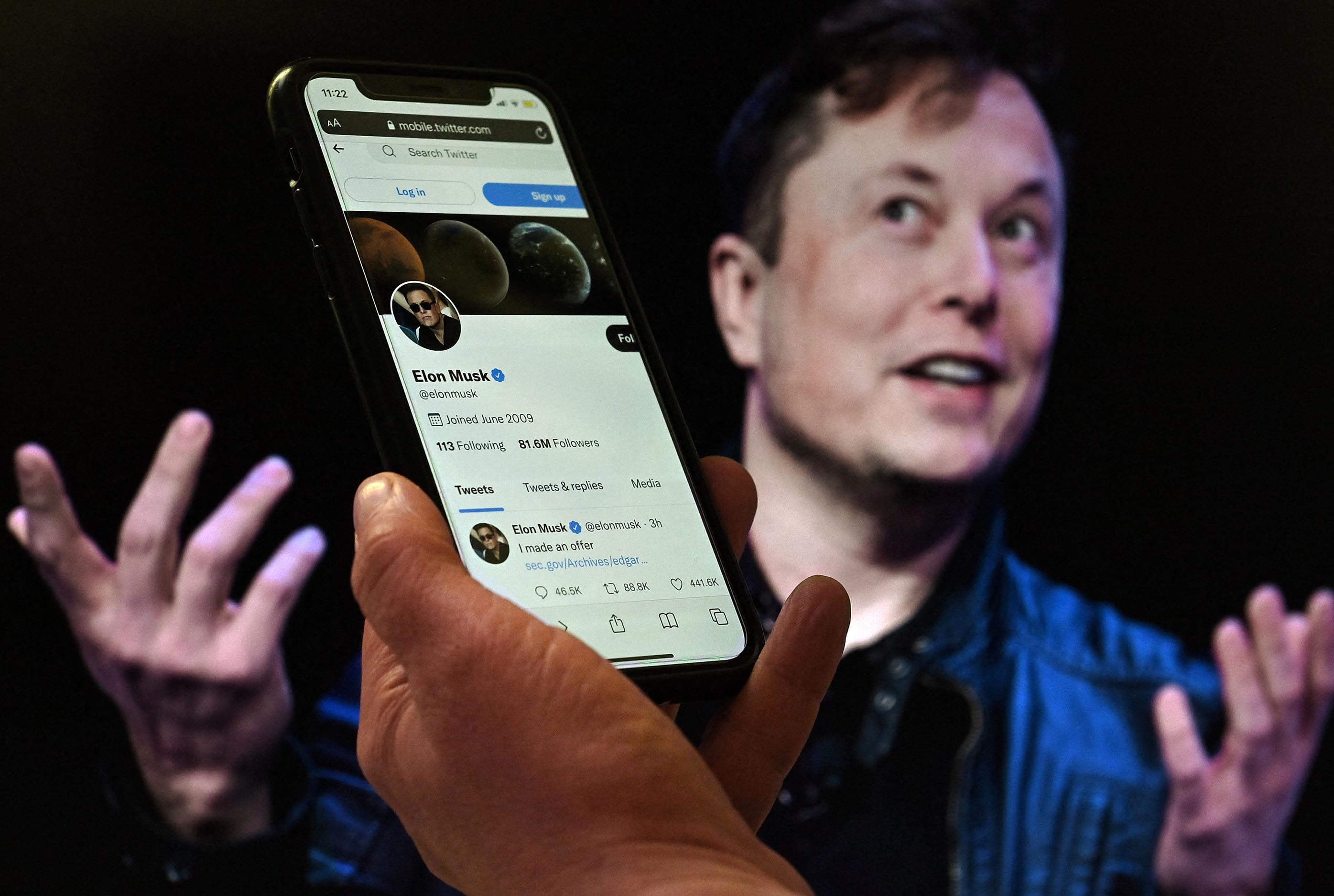Musk’s Twitter changes will affect social media influencing gigs

What you need to know:
- Given Mr Musk’s reputation for entrepreneurship, it was predictable that he invested such huge sums of money in Twitter with the chief objective of making profits from the social media platform.
Mr Elon Musk reportedly bought Twitter at approximately $44 billion on October 27, 2022.
Given Mr Musk’s reputation for entrepreneurship, it was predictable that he invested such huge sums of money in Twitter with the chief objective of making profits from the social media platform.
In the initial efforts to make Twitter profitable, Mr Musk scrapped free legacy verification or the coveted blue tick. But Mr Musk said that for one to have a blue tick on their account now, one has to subscribe to Twitter Blue by paying $8 (about Shs29,700). For as long as the subscription is in progress, the subscriber continues to pay $8 per month until they opt to unsubscribe.
As a shrewd entrepreneur, Mr Musk has sought to incentivise subscriptions to Twitter Blue and disincentivise normal accounts.
He started by permitting Twitter Blue subscribers to write longer tweets than those on normal Twitter — they can compose tweets of up to 25,000 characters, 89 times more characters than those on normal Twitter(280 characters). Among other privileges, an edit button is also exclusive to Blue subscribers.
In his continuous efforts to incentivise subscriptions to Twitter Blue, Mr Musk has now limited normal accounts to reading only 800 tweets per day and Blue subscribers to 10 times more tweets across the same period — 8,000 tweets! Although Twitter is not clear on what counts as a read tweet, my guess is that a read tweet is synonymous to a viewed tweet.
According to Twitter, “anyone who is logged into Twitter who views a Tweet counts as a view, regardless of where they see the Tweet (e.g. Home, Search, Profiles, etc.) or whether or not they follow the author. If you’re the author, looking at your own Tweet also counts as a view.” That, logically, means that whatever tweet we view, is counted as a read tweet.
Mr Musk, a wily entrepreneur, has presented a compelling justification for grossly reducing the number of tweets read by tweeps per day — “controlling the extreme levels of data scraping and system manipulation from Artificial Intelligence (AI) companies.”
Certainly, this new development from Twitter has local and international implications since the platform is globally used. At the moment, I am more concerned with local implications than international ones.
In Uganda, the social media influencing industry, which is dominated by youth, has been in its formative stages but steadily progressing. It has not been impossible for an individual or a team of about three influencers to attract a social media influencing gig that pays Shs500,000 per week.
Given the unemployment rates in Uganda, social media influencing gigs had made up for many unavailable job opportunities for youth since starting out as an influencer requires very limited capital — a smartphone, data, and social capital in the form of followership are enough to get you going.
Now that a staggering majority of Twitter accounts by Ugandans are unverified, and that the same accounts are restricted to only reading 800 tweets per day, it suggests that the reach of social media influencers is drastically curtailed.
For any influencer to reach many people — which could mean hitting one’s key performance indicators (KPIs) — now, they have to put the timing of their influencing tweets into consideration. The logical assumption is that by early morning, most accounts have read the least number of tweets. So, it would be wise for any social media influencer to tweet in the early morning hours for their tweets to stand a high chance of being read.
Failure to tweet in the early morning hours means standing at a high risk of not hitting your KPIs (which are almost always engagement related) most especially if your temporary employer has set them highly.
But even when you tweet very early in the morning, it appears that there is now a low threshold beyond which influencing may not be possible. It’s no longer possible to attract the same highest levels of engagement within the same period of time in the rate-limit era on Twitter.
If your tweet could attract 1,000 likes in 24 hours in the pre-rate limit era, it’s logically impossible to attract the same likes across the same period of time if the set of conditions (followers, the attractiveness of your tweet, etc.) is constant in the rate-limit era.
Moses Baguma,




